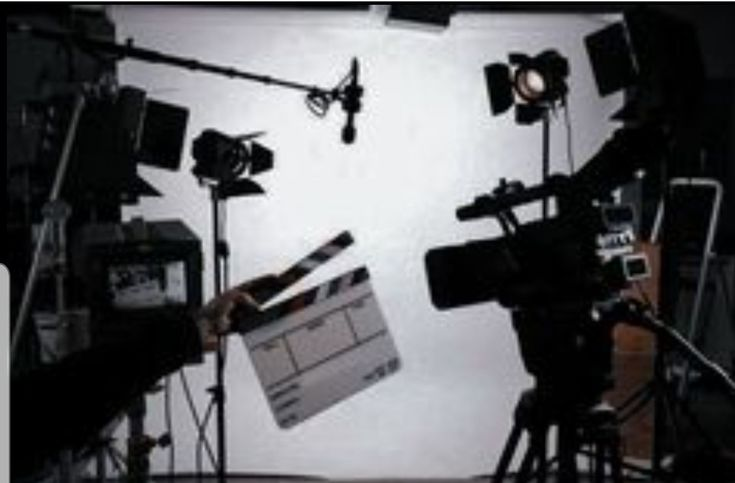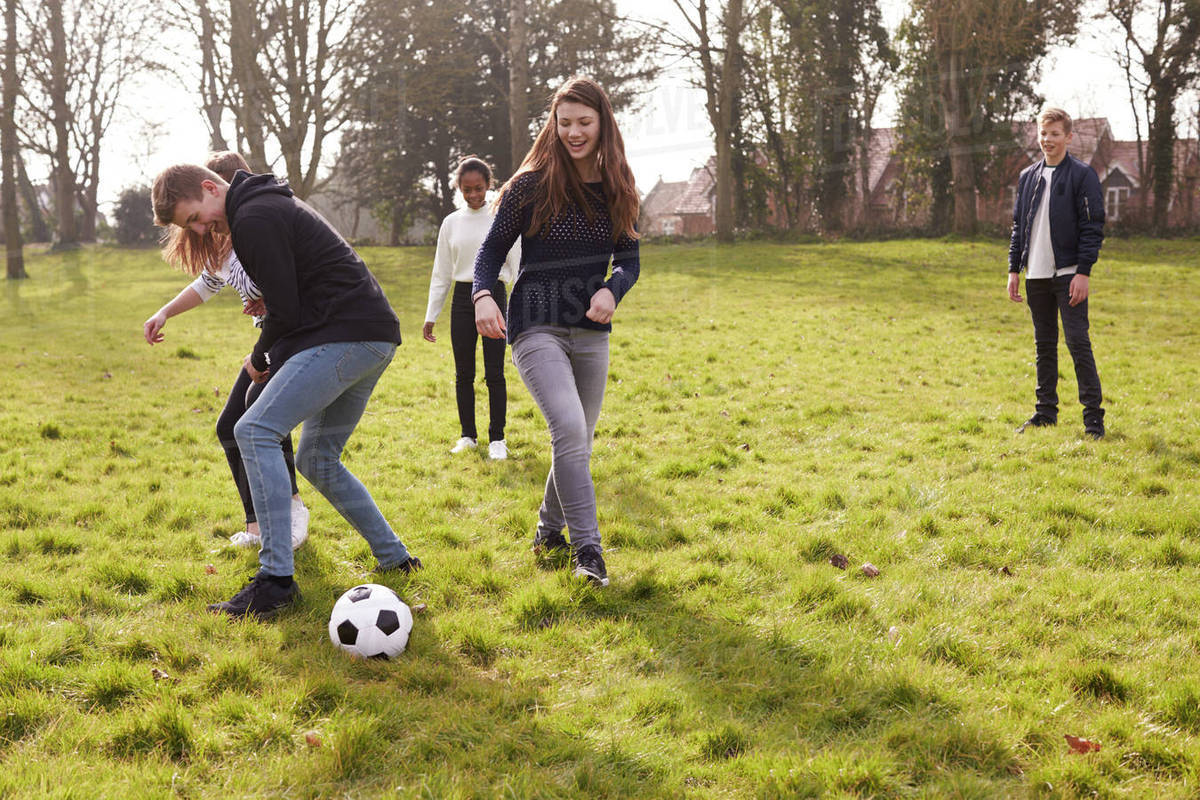CCR for music video
1. How does your product use or challenge conventions AND how does it represent social groups or issues?
I made a conscious effort to both follow and deviate from accepted conventions in the selected media when developing my project. My music video conventions stayed in the same genre, being R&B, throughout the whole planning and production process. My group and I knew from the beginning that we were going to stay with the artist, SZA, and her style of music. We all really enjoy listening to her songs and the lyrics within each song are easy to build a story upon. Knowing that we were going to use SZA as our song artist, it was not a hard process when editing because none of us got tired of hearing her voice over and over. She is also one of my group members and my favorite artist so we are very familiar with her songs and I know how the music video story could be laid out relating to the lyrics. Our video conventions do not relate to any social groups but the video does have a storyline. We created our idea of a young woman moving from her childhood town to a new town to begin her adult years. However, one of my members liked the idea of relating more to the song's title of ‘Gone Girl’ and adding a different ending of a death taking place. I was hesitant at first by not adding a conflict but after filming and editing I saw the story come together and there was no need for social group conflicts/ideas to take place. I really like how the car crash adds to the overall effect because the music video stands on its own without help needed from other conflicts or social group story outlines.
2. How does your product engage with audiences AND how would it be distributed as a real media text?
In crafting my music video, featuring moments of joy with my friends, deliberate efforts were made to engage audiences on a personal and relatable level. The video taps into the universal theme of friendship and celebration, allowing viewers to connect emotionally with the genuine moments shared by real people. I believe that my music video is more appealing because it is not stuck onto a cliche and it has an unexpected twist in the ending. Unlike other music videos, mine has a plot and it is not hard to tell what is happening. I feel that the ending car crash was a surprising scene because it was not expected after the previous scenes. We decided to add the car crash for a dramatic ending that also relates to the title of Gone Girl by showing the main characters passing in a car crash. The overall effect of the ending scene definitely makes my music video different and less basic than others. If my music video was professional I would try to release it on as many platforms as I could. I feel that the ending and overall story is great and would attract viewers. TikTok is a big platform right now so I would probably post hints towards the release date of the video to bring in more viewers. Also, YouTube is where many music videos are produced and all types of people and age ranges use the app so it could be beneficial for making the video reach as many people as possible. Other platforms like Instagram could also be used to spread the music video out since it's an app where everyone can repost the video on their stories for even more people to watch.
3. How did your production skills develop throughout this project?
Throughout this project's development, my production skills underwent significant growth and refinement in various aspects. In the initial stages, my technical proficiency in video editing software and equipment was limited. However, through dedicated practice and exploration, I gained a deeper understanding of these tools. I became more adept at manipulating visual elements, enhancing the overall aesthetic appeal of the music video. As the project progressed, I found myself making more informed and nuanced creative decisions. Initially, I relied on instinct, but with experience, I began to consider factors such as shot composition, lighting, and pacing. This evolution highlighted a maturation in my ability to translate conceptual ideas into tangible and engaging content. Collaborating with friends for the video clips required effective communication and coordination. Over the project, my collaboration skills improved as I learned to articulate my vision clearly. I also became better at providing constructive feedback and integrating diverse perspectives into the creative process, fostering a more cohesive and inclusive product. The project presented challenges in terms of time management, particularly with coordinating schedules for filming and editing. Through trial and error, I honed my time management skills, implementing strategies to streamline the production process. This involved setting realistic timelines, prioritizing tasks, and staying organized to meet deadlines effectively. In retrospect, the project served as a dynamic learning experience, pushing the boundaries of my existing skill set and prompting continuous improvement. The combination of enhanced technical proficiency refined creative decision-making, improved collaboration skills, and effective time management collectively contributed to the evolution of my production skills.
4. How did you integrate technologies - software, hardware, and online - in this project?
For this project I used two of my group members' phones to film and CapCut to edit. For filming I used two phones to get the same scene with different angles to ensure that the different shots were identical leaving out no room for other factors taking place that were not in another shot. We used phones over cameras because we do not have any but if we did phones would be easier because uploading the videos onto the editing software is a quicker and easier process than on a camera. Also, the phone quality is great and everyone in my group is more familiar with how to properly use a phone's camera rather than a camera. I like how smooth the quality on the phone looks and how quick and easy it was to record each scene without any technical difficulties that may have occurred if we used a camera. For editing we decided to use CapCut. We are all familiar with how to use CapCut and the editing process on this application is super easy. It is super accessible and a free app which is why I chose to use this software over any others. The application has a help guide if needed but it is super manageable and easy to understand. I used CapCut to edit my last project so I knew that this time I would be more comfortable and familiar with the different features. It was definitely super easy to edit the music video due to how easy the application is to use.



Comments
Post a Comment